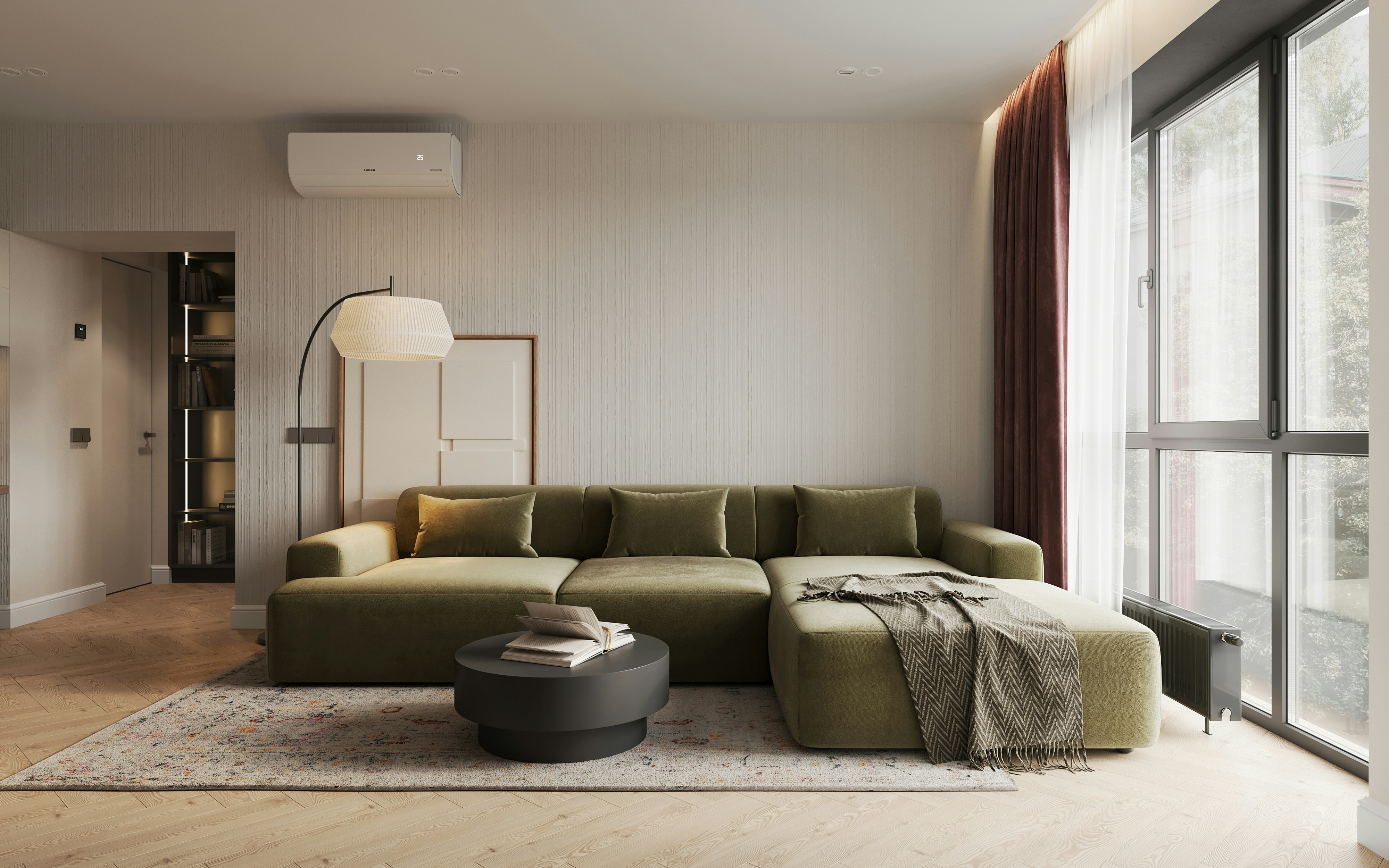2025 State of Furniture Retail Report Shows That Consumers Want More Than Flat Images — They Want Control
Today’s furniture shopper doesn’t just want to see a sofa - they want to spin it, change its fabric, drop it into their living room, and know exactly how it fits their lifestyle. That’s why, in a recent State of Product Visualization in Furniture Retail report, nearly every retailer we surveyed (99%) now agrees that 3D product visualization tools are no longer a ‘nice-to-have’ in ecommerce. They’re a necessity!
Consumers expect to customize furniture online, with 95% of retailers acknowledging the growing importance of configurability across colors, fabrics, and product variants. Retailers that empower this kind of exploration through 360° images for ecommerce, 3D product configurators, and interactive CGI are reporting major gains in confidence, engagement, and sales.
Visual Commerce Isn’t Just Effective — It’s Profitable
While it's generally agreed that consumers are looking for elevated experiences when shopping for furniture online, the benefits for brands in terms of increased sales, reduced returns and ROI are also seen in the report too:
-
96% of furniture retailers using visual commerce saw a direct lift in online sales
-
82% can measure ROI, and over half reported a 50%+ return on their investments
 That’s not surprising. Immersive tools reduce guesswork, return rates, and abandoned carts by showing the product as it will truly appear. When customers can interact with a 3D model instead of a 2D placeholder, purchase decisions come faster and more often.
That’s not surprising. Immersive tools reduce guesswork, return rates, and abandoned carts by showing the product as it will truly appear. When customers can interact with a 3D model instead of a 2D placeholder, purchase decisions come faster and more often.
For brands, the business case is now clear: 3D product visualization equals conversions.
Small Brands Face Cost Barriers — Larger Ones Struggle with Integration
 Of course, implementing these technologies isn’t without hurdles. Tariffs, competition, costs and existing technology stacks all have a role to play in the decision process for adding visual commerce experiences online:
Of course, implementing these technologies isn’t without hurdles. Tariffs, competition, costs and existing technology stacks all have a role to play in the decision process for adding visual commerce experiences online:
-
46% cite the cost of implementation as a key barrier
-
44% point to integration with existing systems as a challenge
But these concerns differ depending on company size. Smaller retailers (under $100M) are more likely to struggle with cost (53%) while larger retailers are more likely to face tech-stack complexity (50%).
E-commerce Leaders Are Investing More, and Seeing Results
Companies leading the pack in e-Commerce growth aren’t hesitating. 90% of top-performing retailers plan to expand their use of visualization tools significantly this year, compared to just 59% of their mainstream competitors.
Even among the latter, 97% have some form of visual commerce investment planned. In other words, everyone knows what’s coming, and some are already there.
Want to understand what sets leaders apart? Download the full State of Product Visualization in Furniture Retail report.
Practical Advice for Getting Started with 3D Product Configurators and More
The full report and survey were conducted by leading independent research firm London Research in partnership with Fixtuur, including analysis from expert e-Commerce consultants. According to the report’s final recommendations, success starts with:
-
Focusing on tools that enhance customer experience and confidence
-
Prioritising seamless integration across ecommerce platforms
-
Choosing vendors with strong analytics, mobile optimization, and scalability
-
Running user tests and piloting before scaling across a full range of product SKUs
For brands looking to introduce 3D product configurators, augmented reality or 360° images for e-Commerce, it’s not about boiling the ocean. Start with a high-impact category, optimise the UX, and track your KPIs closely.
Explore our 3D Room Planner to see how interactive tools can drive conversion from inspiration to checkout.
Discover how to elevate experiences and drive more conversions with 3D product visualization.
For more information on how to integrate these cutting-edge technologies, speak to one of our experts.



